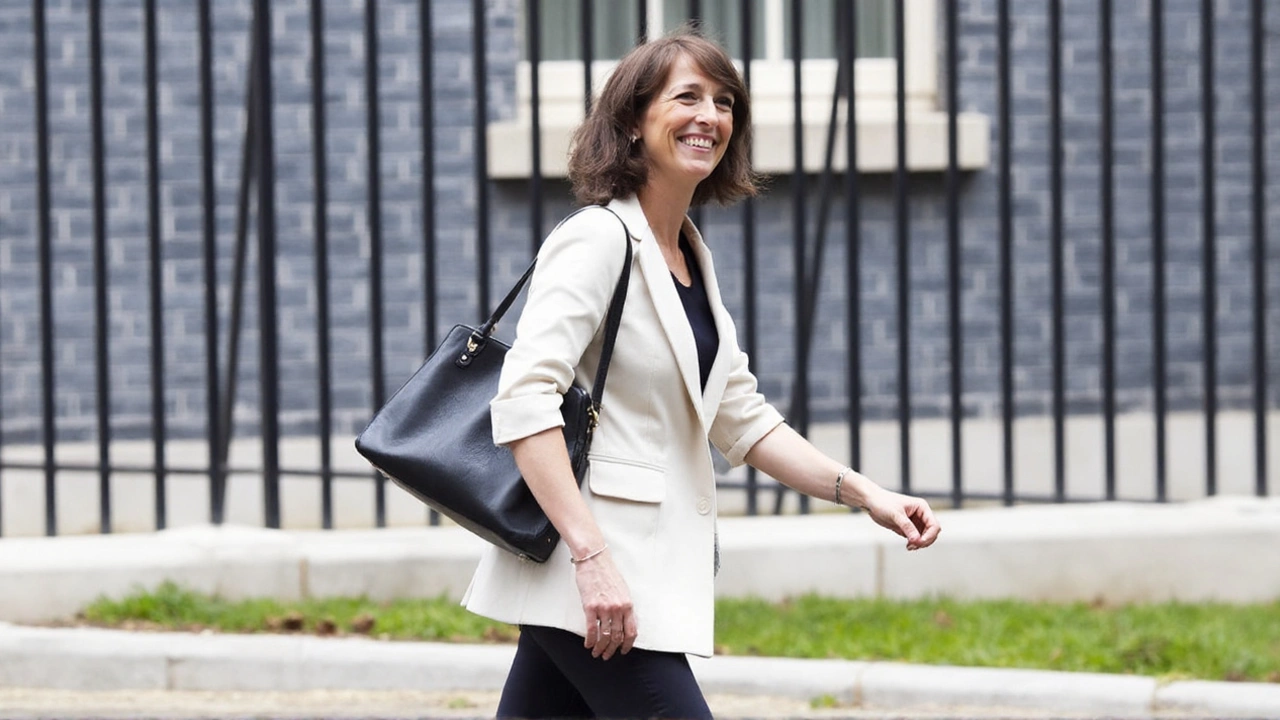What exactly is being reviewed?
Seventy used to be a shock headline. Now it’s a live policy question. The government has kicked off the third review of the UK state pension age, and this one puts automatic increases—tied to life expectancy—on the table. That kind of mechanism could, over time, push the age towards 70.
The job has been handed to Dr Suzy Morrissey, appointed by Work and Pensions Secretary Liz Kendall. By law, ministers must test the timetable every six years. This review opened a call for evidence on 18 August and runs until 24 October, and you don’t need to be a pensions expert to respond—workers, employers, charities, and academics are all in scope.
Two things will land on ministers’ desks. First, Morrissey’s report, which will weigh the merits of linking pension age to life expectancy, how that affects the long-term sustainability of the system, and what other countries have learned from automatic triggers. Second, the Government Actuary’s Department (GAD) will update the life expectancy data and advise on what share of adult life people should expect to spend in retirement—a benchmark that has quietly steered policy for years.
None of this binds the government. It can take the recommendations or reject them. But the stakes are obvious: the state pension is the UK’s largest single welfare payment and uprates with earnings through the triple lock. Costs have surged in recent years as inflation and wage growth ran hot. Meanwhile, people are living longer on average, and the ratio of workers to retirees is heading only one way.
Here’s where things stand today:
- The state pension age is 66 for men and women.
- It is legislated to rise to 67 between 2026 and 2028.
- It is due to rise to 68 between 2044 and 2046 (a previous idea to bring this forward to 2037–39 was shelved in 2023 after life expectancy improvements slowed).
Morrissey has called the decisions “far-reaching,” and that’s not spin. Locking in an automatic link would take some heat out of the politics—no frantic last-minute changes—but it would also mean the retirement age moves when the spreadsheets say so, not when ministers choose.

What could change—and who would feel it?
The core question is whether to hard-wire the pension age to a measure of longevity. Different countries do this in different ways. Denmark and the Netherlands both use formula-based systems that shift retirement ages in step with life expectancy at a set age. Depending on future projections, Denmark’s framework could take its age to around 70 in the 2040s. The appeal is predictability. The risk is bluntness: not everyone shares the same life chances.
Expect three big trade-offs to dominate the review:
- Affordability vs. adequacy: The state pension is a lifeline for millions with little private saving. Keeping it generous is popular but expensive. The Office for Budget Responsibility has repeatedly flagged how the triple lock pushes costs higher over time. Linking age to longevity is one way to contain that bill without cutting the weekly amount.
- Longevity vs. healthy longevity: UK life expectancy rose for decades, then stalled, and took a hit in the pandemic. Healthy life expectancy—years lived in good health—lags even more. For many, especially in physically demanding jobs, working to a higher age isn’t as simple as the averages suggest.
- Fairness across regions and groups: There are stubborn gaps in life expectancy between richer and poorer areas, and between occupations. A builder in the North East does not have the same retirement prospects as a desk worker in the South East. The review will look at who loses out most if the age rises faster.
GAD’s technical exercise matters here. Past reviews have used a simple yardstick: keep roughly a third of adult life in retirement. If life expectancy rises, the pension age moves to preserve that ratio. If longevity stalls, changes slow. That formula would make policy less political and more rule-based, but it still hides tough choices—what’s the right proportion, and should it be the same for everyone?
So, could the age really go to 70? Not overnight. Any shift of that scale would likely be phased in over many years, with long notice. Previous governments have aimed to give at least 10 years’ warning before any change hits people’s plans. The current timetable to 68 spans the mid-2040s; an automatic link could move that earlier or later depending on the data, and in the very long run could nudge the age towards 70 if longevity picks up again.
There are practical knock-ons to consider:
- Work and health: Raising pension age without better support for older workers tends to push more people onto sickness benefits. Employers will face pressure to adapt roles, improve flexible work, and invest in retraining.
- Savings gap: Auto-enrolment has boosted private pensions, but many in their 50s and early 60s still won’t have enough to bridge extra years before state pension kicks in. Any faster rise would land hardest on low earners and carers with broken work histories.
- Transitional protections: Some countries let people with very long contribution records retire earlier without penalty. The UK doesn’t do that with the state pension. Expect submissions to argue for carve-outs or complementary support if the age rises faster.
Process-wise, the next steps are clear. Evidence submissions close on 24 October. GAD will deliver its modelling alongside Morrissey’s recommendations. Ministers will then decide whether to stick with the current schedule, bring forward the rise to 68, or set up an automatic adjustment mechanism that moves in line with future life expectancy. Any change would need Parliament’s approval.
If you’re nearing retirement now, the immediate message is: nothing changes today. For those in their 40s and younger, this review will shape when the state steps in—and how much of life you can expect to spend drawing it. That’s why the review is explicitly looking at fairness between generations as well as the public finances.
One final point to watch: international experience. Formula-driven systems can smooth out politics, but they aren’t set-and-forget. Denmark, the Netherlands and others still revisit their rules to account for new data and public consent. The UK is about to decide whether it wants that kind of autopilot—and if so, who gets a safety belt.
